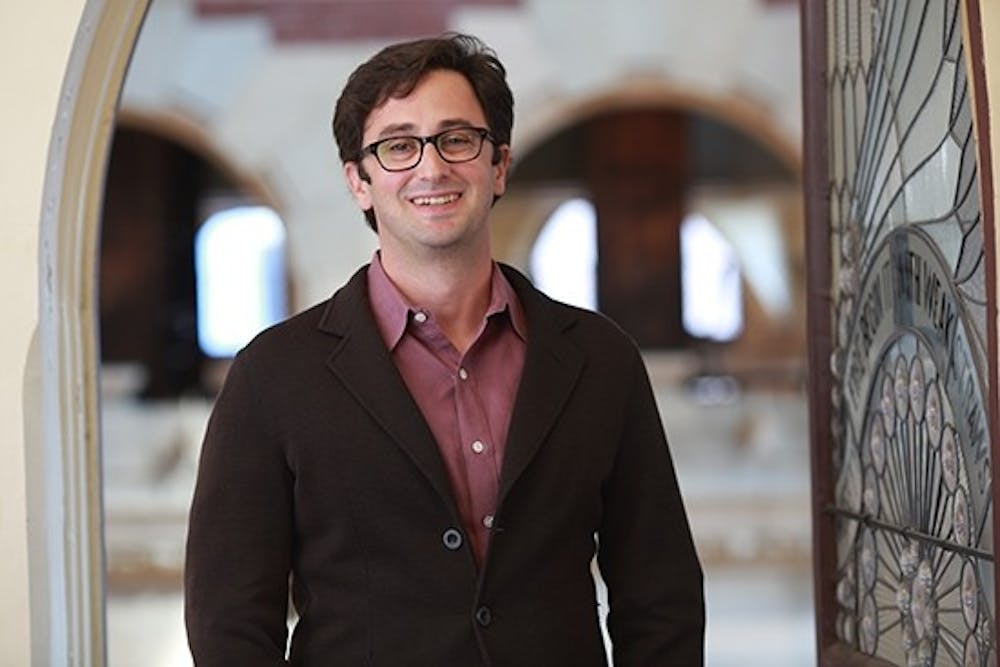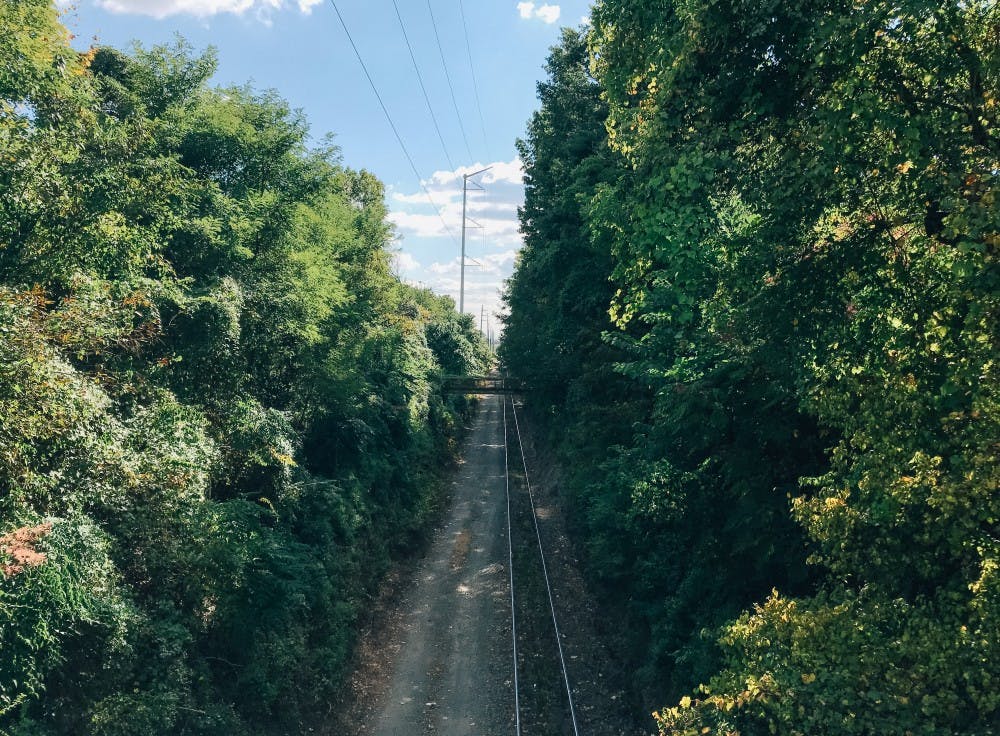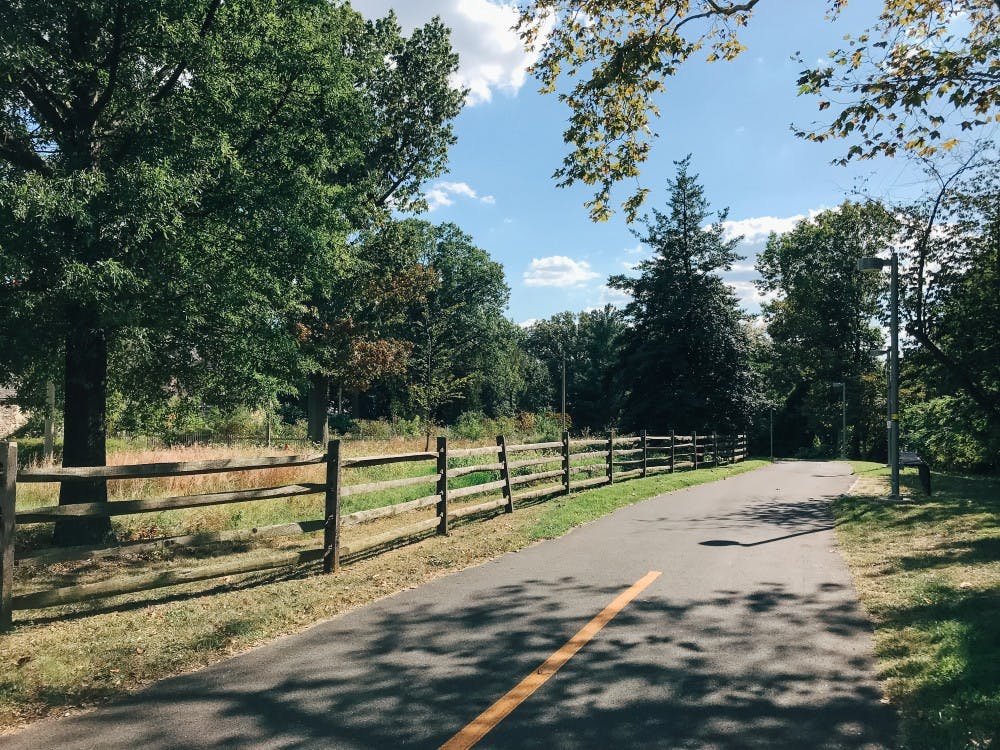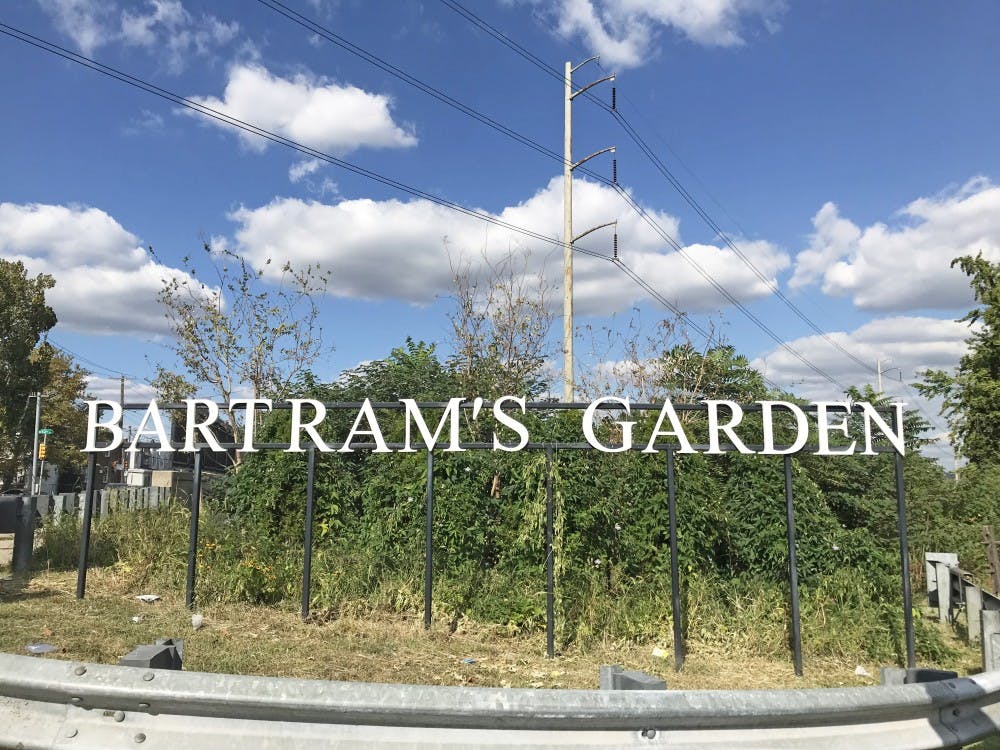“Sankofa—who here knows what that means?” The question fell upon a quiet group of students, squinting up at their speaker against the sunlight of a golden afternoon in southwest Philadelphia. A Twi word from the Akan tribe in Ghana, sankofa translates to the phrase “go back and get it.” This is the principle upon which the Sankofa Community Farm of Bartram’s Garden built up its community over the last six years. Chris Bolden–Newsome, a co–founder of the farm, explains to a class of twenty Penn students the ways in which the histories of the African Diaspora align with the social and spiritual implications of hosting a community garden. He expands upon his original translation to say, “ain’t nothing wrong with going back and getting what you left behind.”
The class he speaks to is Dr. Domenic Vitiello’s course on the Urban Food Chain, which studies the socioeconomic dynamics of metropolitan food cultures and systems. A flipped–classroom–style course in the Urban Studies Department here at Penn, “lectures” for the Urban Food Chain are actually the readings that students complete on their own time, while scheduled course hours are opportunities for relating the reading material to communities in and around Philadelphia. “Food, in particular, lends itself to experiential learning,” says Vitiello, who tries to engage students by giving them a chance to farm, garden, cook, and eat throughout the semester.

On this first field trip to Bartram’s Garden, which is a short trolley ride from Penn, we were going to learn about seed–saving. Bolden–Newsome placed wide bowls of deep purple, tan, and brownish–black seed pods on wooden picnic tables as he told us the history behind the purple–hull pea. He described the way that this particular plant originated in Western Africa, and is believed to have come to the United States during the slave trade. He illustrated the pea’s relation to sankofa, because the pea can cross with other strains of the pea plant here in America, while still retaining the ability to thrive in its land of origin if it were transplanted there.
The pods in front of us came from the farm’s own pea plants, picked up from the ground by tender, loving hands, and gathered here to be harvested and re–planted. Seed–saving practices like those adopted by Sankofa Community Farm find their origins deep in the history of human civilization, as the way that we originally transformed from primarily hunter–gatherers to farmers. This step is both a beginning and an end to the cycle of natural agriculture that the farm endorses. “We focus primarily on the health of the soil,” Bolden–Newsome explains, an approach that takes advantage of the local environment without involving additional nutrients and chemicals.

Sankofa’s focus on the complete cycle of its plants through seed–saving and other important processes of natural agriculture mirrors Vitiello’s focus on the cyclical nature of urban food systems. Following studies of urban agriculture and community gardens, students in the class will move on in later weeks to examine distribution, retail access, food assistance, restaurants, culinary cultures, and waste. Where some may typically see this as a linear path that begins with crops and ends with landfills, Vitiello hopes to impart the idea of “closing the ecological loop,” in which waste might be used to actually help encourage new crop growth.
The easy way to close that loop is through practices like composting or recycling our food waste, but a more profound solution might come from addressing issues that arise in other phases of the food cycle. At Sankofa, Bolden–Newsome sees one such solution as cultivating a spiritual relationship between the community and the land. The way he does this is by filling the garden with okra, cotton, black–eyed peas, and other plants of the African Diaspora, several of which are provided by Truelove Seeds, a seed company committed to offering “rare, open–pollinated, and culturally important vegetable, herb, and flower seeds.”

Though Philadelphia is an extremely diverse city with residents that are 44.1 percent black, 35.8 percent white, 13.6 percent Latinx, and 7.2 percent Asian, it is also deeply segregated. The neighborhoods of Germantown, North Philadelphia, Point Breeze, West Philadelphia, and Southwest Philadelphia—where Sankofa Community Farm resides—have a combined population of about 610,000 people, 82% of which are black. By growing plants that can help tell the story of slavery and liberation in America, Bolden–Newsome hopes to use gardening and food to preserve, lift up, and identify ritual practices that may have been left behind, again embodying the meaning of sankofa. This year, 2019, is the year of return for the African Diaspora, but Bolden–Newsome understands that the economic limitations of many people in the Philadelphia area will prevent them from pursuing this physical return to another continent. “Here, we can return in other ways.”
Offering bi–weekly farmstand markets and membership to those in the surrounding community, Sankofa Community Farm and Bartram’s Garden act as spaces for interpersonal connections, engaging their patrons through monthly classes, farm partnerships, and agricultural consulting. The success of this hyper–local garden is one of the better illustrations of the relationships between food, culture, and society that Vitiello makes a theme of his course.
The farm is only the first of many examples to follow in Vitiello’s course of why we should all care about food systems in our community, even if we only reside here temporarily as students. Though Vitiello will encourage his class to develop literacy in all aspects of the urban food chain, the passion for this mission begins here. In college, we may see food purely as fuel more often than we’d like to admit, but the foundation of this course lies in the deeper spiritual reality behind the common phrase “you are what you eat.” Finding ways to reconnect to the Earth will undoubtedly help us to reconnect to our food heritage, and develop new ones along the way. As he tears off a few fresh leaves from a sorghum stalk in the garden and passes them around, Bolden–Newsome perfectly sums up the relationship between the food cycle and our own human identities: “When we start eating different foods, we become different people.”

